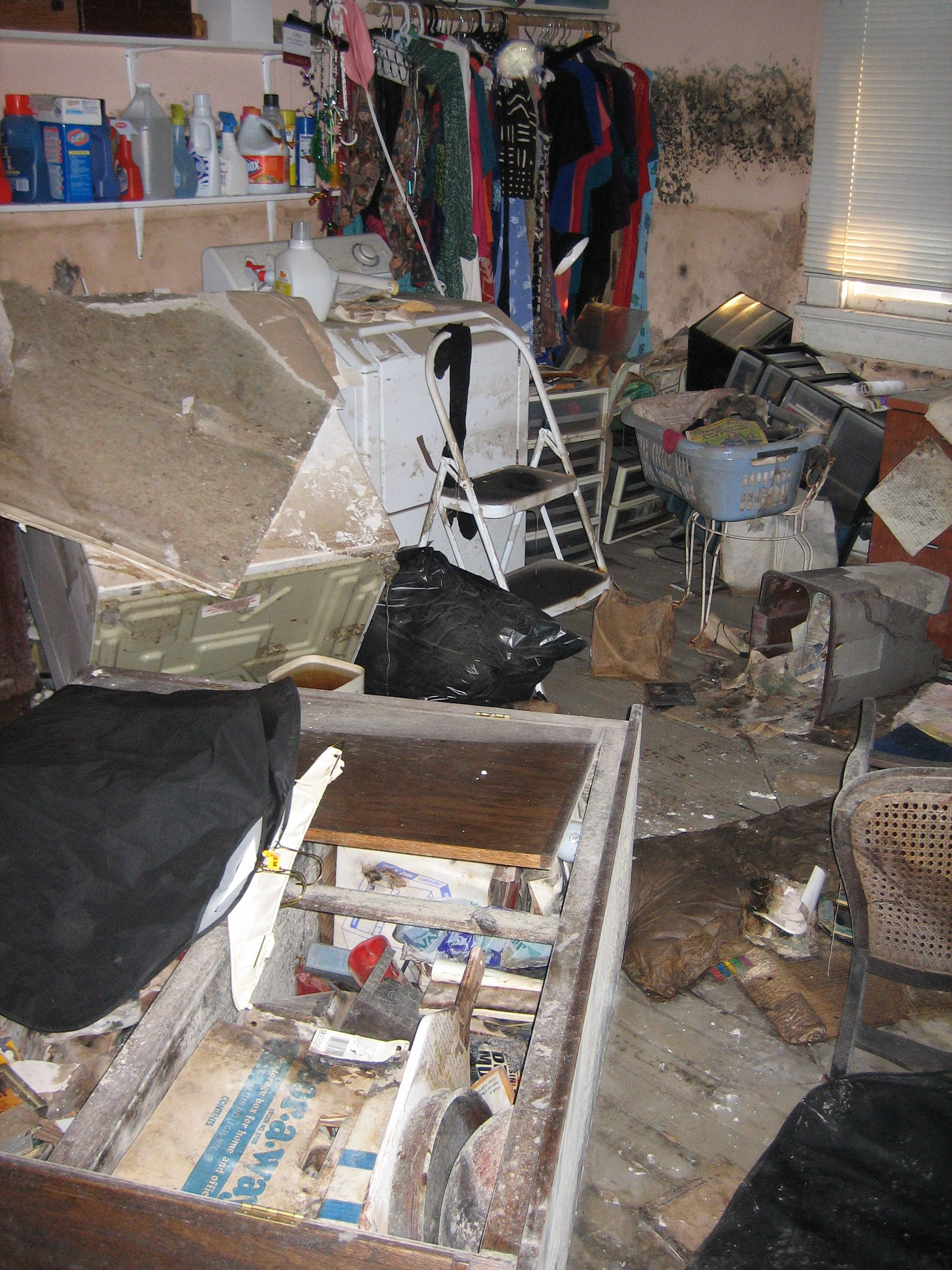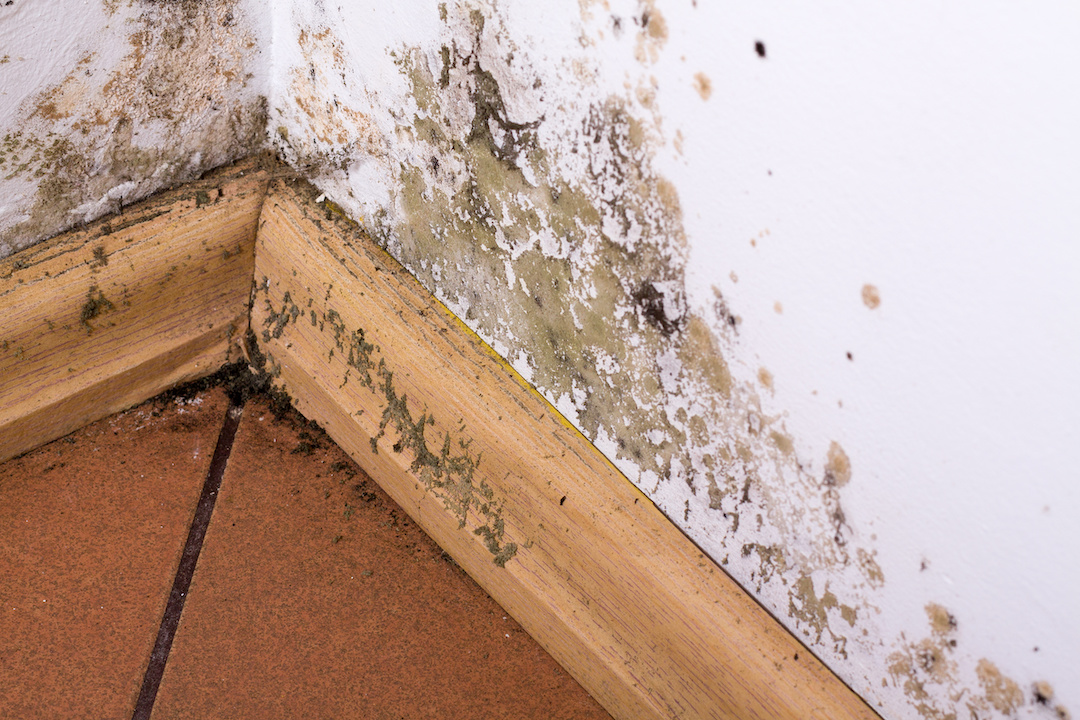Professional Water Damage Restoration for Homes and Businesses Near You
The Refine of Water Damage Clean-up: Guaranteeing Your Home Is Brought Back Properly
Water damage can be a challenging obstacle for house owners, necessitating a structured and careful cleanup procedure to recover safety and performance. A detailed assessment is vital to recognize the level of the damage and establish the ideal remediation steps. Following this, reliable water extraction techniques play a pivotal role in mitigating further harm. Nevertheless, the nuances of drying, sterilizing, and ultimate repair are just as essential and usually neglected. Comprehending these phases can make a substantial distinction in the result of your home's repair, triggering a closer check out what each step entails.
Analyzing the Damages
Upon discovering water damages, the very first step is to extensively evaluate the extent of the influence. This initial evaluation is crucial, as it aids identify the essential steps for reliable cleaning and reconstruction. Begin by examining the impacted locations, including wall surfaces, ceilings, floors, and individual valuables, to determine the resource of the water intrusion, whether from flooding, leaks, or condensation.
Documenting the damages is important for both insurance coverage claims and planning restoration initiatives - damage restoration services. Use photographs and composed notes to capture the severity of the damage, noting any type of afflicted architectural elements and materials. Pay special focus to locations that may not be instantly noticeable, such as behind walls and under carpets, as concealed moisture can cause more problems, including mold and mildew growth
Furthermore, analyze the timeline of the water direct exposure. Ultimately, a comprehensive assessment lays the groundwork for an effective water damages clean-up process, making sure that all influenced locations are resolved effectively and extensively.
Water Extraction Techniques

Specialists typically use completely submersible pumps for bigger volumes of water, which can rapidly alleviate flooding in basements or various other affected areas. For smaller sized quantities, wet/dry vacuum cleaners are commonly utilized to remove recurring moisture from rugs and tough surfaces. In addition, utilizing portable extractors enables targeted elimination in restricted spaces or areas with delicate products.
In instances of polluted water, such as sewage or floodwater, advanced extraction strategies might include using biohazard devices to make sure safety and security and compliance with health and wellness regulations. High-powered removal tools are vital in lessening water retention in architectural products, which can bring about mold and mildew growth and structural deterioration otherwise dealt with without delay.
Inevitably, the efficiency of water removal strategies plays a crucial duty in the overall success of the water damages clean-up procedure, preparing for succeeding repair initiatives.
Drying and Dehumidification
As soon as standing water has been successfully extracted, the following critical stage in the water damage cleanup procedure is drying out and dehumidification. This step is crucial to stop further damage and mold and mildew growth, which can happen within 24 to two days in damp settings.
To accomplish effective drying, customized equipment such as industrial-grade air moving companies and dehumidifiers is utilized. Air moving companies circulate air across damp surfaces, enhancing evaporation rates, while dehumidifiers reduce humidity levels in the air, promoting a helpful environment for drying out. The combination of these tools ensures that moisture is extracted from furnishings, floorings, and wall surfaces, allowing them to dry extensively.
It is necessary to check the drying process very closely. Specialists frequently use moisture meters to analyze the moisture material in different materials, making certain that all impacted areas reach acceptable dry skin degrees. This meticulous technique aids to avoid covert moisture pockets that might bring about architectural damages or undesirable mold development.

Cleansing and Disinfecting
After the drying out and dehumidification phase is complete, the next important action in water damages cleaning is cleaning up and sterilizing the impacted areas. This procedure is critical to avoid the growth of mold, microorganisms, and various other virus that prosper in wet environments.
The cleaning phase commonly entails getting rid of any type of particles, dirt, and pollutants useful content from surfaces using specialized cleaning representatives. For tough surfaces, a combination of soap and water or industrial cleaning products is commonly utilized. Soft products, such as furniture and rugs, might call for a lot more comprehensive cleansing methods, including steam cleaning or deep removal methods, to make certain thorough hygiene.

Sterilizing adheres to cleaning, making use of EPA-approved anti-bacterials to eliminate damaging bacteria. This action is crucial, especially in locations that may have come into contact with floodwaters or sewage, as these resources can position severe wellness threats.
In addition, it is essential to address any kind of continuing to be odors, which may need the usage of odor neutralizers or sophisticated techniques like ozone therapy. Correct cleaning and sanitizing not only restore the safety and health of your home yet also prepared for effective reconstruction and fixings in subsequent phases of the water damage cleanup process.
Remediation and Fixings

When the assessment is total, remediation efforts can start. This usually entails repairing or changing broken products, ensuring that all job abides by neighborhood building ordinance and requirements. If drywall has actually been endangered, it will need to be removed and changed Continued with brand-new material. Furthermore, floor covering might need comparable attention, relying on the level of water direct exposure.
It is critical to engage seasoned remediation experts throughout this procedure, as they possess the knowledge to manage intricate repairs efficiently. Furthermore, they can aid minimize potential future issues, such as mold growth or structural instability, therefore ensuring a habitable and risk-free living atmosphere. Ultimately, effective remediation and repair work restore the home's stability and improve its general value.
Conclusion
To conclude, the procedure of water damage cleaning is critical for recovering a home to its pre-damage problem. Each stage, from evaluating the damages to applying reliable water removal methods, followed by thorough drying, sanitizing, and necessary fixings, plays an essential duty in guaranteeing security and compliance with structure criteria. Efficient execution of these steps not only mitigates prompt damages however also improves the long-lasting integrity and worth of the home.
Water damage can be an overwhelming challenge for homeowners, requiring a organized and precise cleanup procedure to restore safety and security and capability. Ultimately, a detailed assessment lays the groundwork for an effective water damages clean-up procedure, guaranteeing that all influenced areas are dealt with effectively and extensively.
Effective water extraction techniques are crucial in alleviating damages and preventing additional difficulties following a water intrusion occasion.In conclusion, the process of water damage clean-up is essential for restoring a home to its pre-damage condition. Each stage, from analyzing the damage to implementing efficient water extraction techniques, complied with by thorough drying, sanitizing, and required repair work, plays a crucial role in guaranteeing visit this site security and conformity with building requirements.